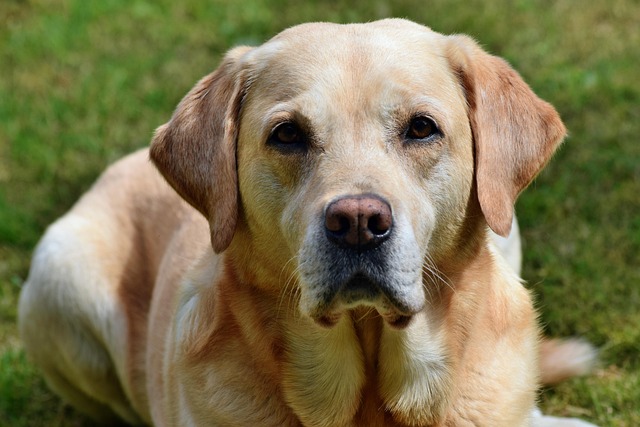
How can I tell if my dog's heatstroke is serious
Let’s be real: It’s a sticky August morning in Los Angeles, and you took your 2-year-old Golden Retriever, Max, for a walk a little later than usual
Discovering your dog turned your Boston brownstone’s antique chair leg into splinters? Before frustration takes over, understand this: chewing is natural canine behavior—not defiance. Puppies explore through their mouths while teething (myelin sheath development limits impulse control until 6+ months), and adult dogs chew from boredom or stress. True discipline means teaching better choices, not punishment. Modern methods prevent future damage while aligning with U.S. welfare standards.
Start with immediate intervention science. Never punish after the fact—dogs can’t connect delayed scolding to the act. Instead, implement positive furniture discipline:
If you catch them mid-chew, interrupt with a neutral "Oops!"
Instantly redirect to an approved chew toy like a frozen Kong
Praise lavishly when their teeth hit the toy
This chew redirection protocol wires their brain to prefer appropriate items.
For unsupervised moments, deploy non-toxic deterrent solutions:
Spray FDA-approved bitter apple gel on furniture legs (TRPV1 receptors make it taste foul)
Cover tempting areas with double-sided tape or aluminum foil (texture aversion)
Place motion-activated pet-safe air cans (like PetSafe SSSCAT) near hotspots

Apartment dwellers in Seattle face amplified risks—chewed electrical cords in cramped spaces can be lethal. Use cord concealers and create puppy zones with:
Exercise pens lined with chew-proof mats
Lick mats glued to tiles
"Legal destruction" stations (cardboard boxes with hidden treats)
Critical U.S. compliance layers:
Chemical safety: Avoid essential oils (tea tree, eucalyptus) or ammonia cleaners—toxic when licked. Choose EPA Safer Choice certified products.
Waste laws: Discard chewed furniture fragments properly. Leaving debris in communal dumpsters violates ordinances in cities like Chicago ($500 fines).
Anti-punishment compliance: Rubbing noses in damage or confinement as punishment violates AVSAB guidelines. Shock mats are illegal in Germany and California—positive reinforcement is legally and ethically mandatory.
For persistent chewers:
Rule out medical issues (dental pain increases chewing)
Increase daily enrichment—30 minutes of sniff walks prevent boredom chewing
Consult force-free trainers (IAABC-certified) if anxiety-driven
Most dogs improve within 3 weeks using consistent redirection. Remember: That gnawed heirloom isn’t spite—it’s unmet instinct. Patience and smart management turn destructive chewers into polite companions.

Let’s be real: It’s a sticky August morning in Los Angeles, and you took your 2-year-old Golden Retriever, Max, for a walk a little later than usual

You're enjoying a summer afternoon at the park when you notice your dog has stopped panting and appears disoriented - their gums are bright red

Let’s paint the picture: You’re in your Denver apartment, watching your 4-year-old Boston Terrier, Ruby, plop down mid-play session with her favorite toy

Many dog owners notice their pets nails seem shorter after regular walks,but how much does this daily activity actually help?The answer depends on where you walk—concrete sidewalks or asphalt streets gently file nails as a dog's paws hit the ground

Most dog owners notice their pup scooting across the carpet at some point, but few connect it to impacted anal glands. These small sacs near a dog’s rectum secrete a scent for marking territory

Most vets agree that regular dog teeth cleaning is key to avoiding painful dental issues later. For healthy adult dogs, a professional cleaning at the vet’s office every 12 to 18 months usually works well.